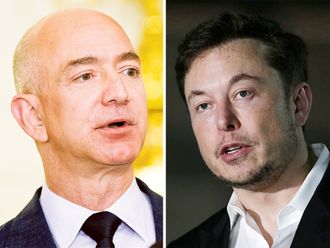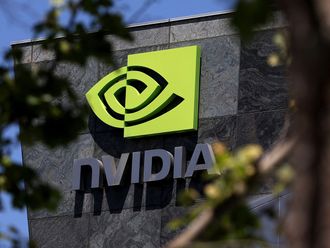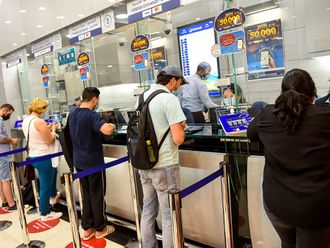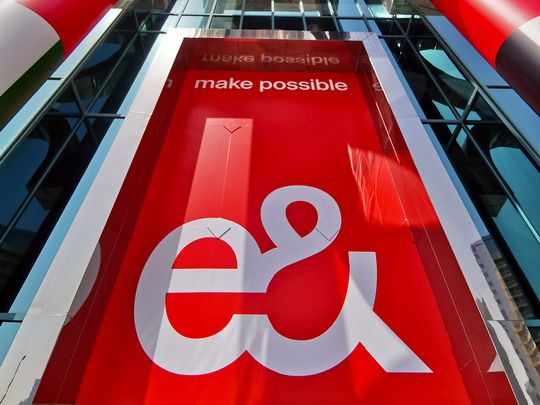
Dubai: UAE’s e& and du are no longer just telcos offering instant connectivity on their super-speed telecommunications networks. These days, they are much more than that.
The credit rating agency S&P now defines them as ‘techos’ – and that’s precisely what e& and du (or Emirates Integrated Telecommunications Co.) are these days. Turning into full-blown technology enterprises in their own right.
e& has already been on this transition for more than a year, whether it’s upgrading its app in the UAE to a ‘super-app’ status to rollout a swathe of financial services for users/subscribers. The Abu Dhabi headquartered group has made investments in tech enterprises while simultaneously raising its profile in the global telecom space.
This week, du is formally joining in this journey from a telco to a techo. It has bagged the licenses from the UAE Central Bank to offer digital based financial services to customers. In effect, transitioning to being a fintech too.
The same is happening over at stc in Saudi Arabia and at other telecom providers in the Gulf.
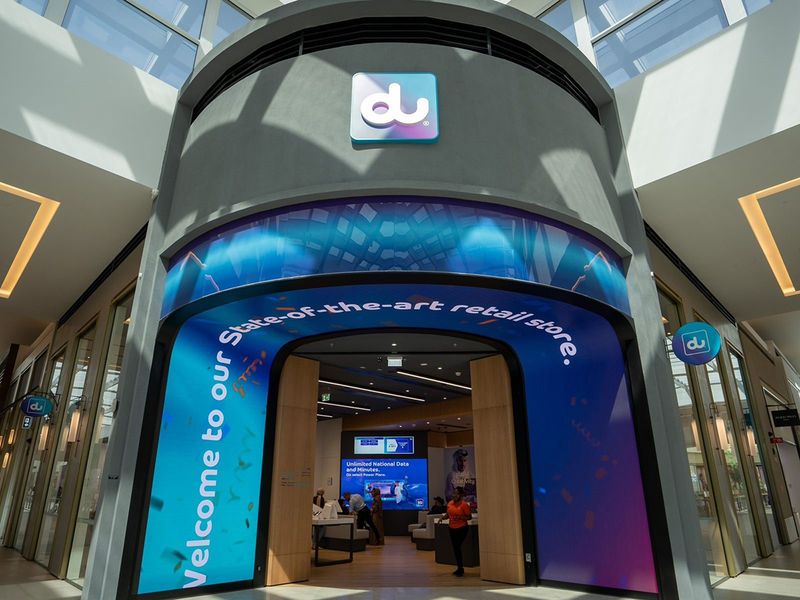
Well timed for faster growth
It all makes for good timing too. S& P Global notes that with GCC telecom markets turning mature, GCC telcos' revenue growth will range to about 1-3 per cent annually.
Compared to that, tech companies' – or techcos – revenue growth can be in the double digits.
“We estimate that rated GCC telcos' non-telecom operations could contribute 18-25 per cent to total combined revenues over the next 3 years,” says S&P.
“Our sensitivity analysis assumes low single-digit growth for telecom revenues and an organic growth of 10%-20% per year in non-telecom revenues.
“We think a material gap will remain between more advanced telcos, whose digital revenues could exceed 30 per cent, and less advanced telcos, whose digital revenues will hover around 8-14 per cent.”


